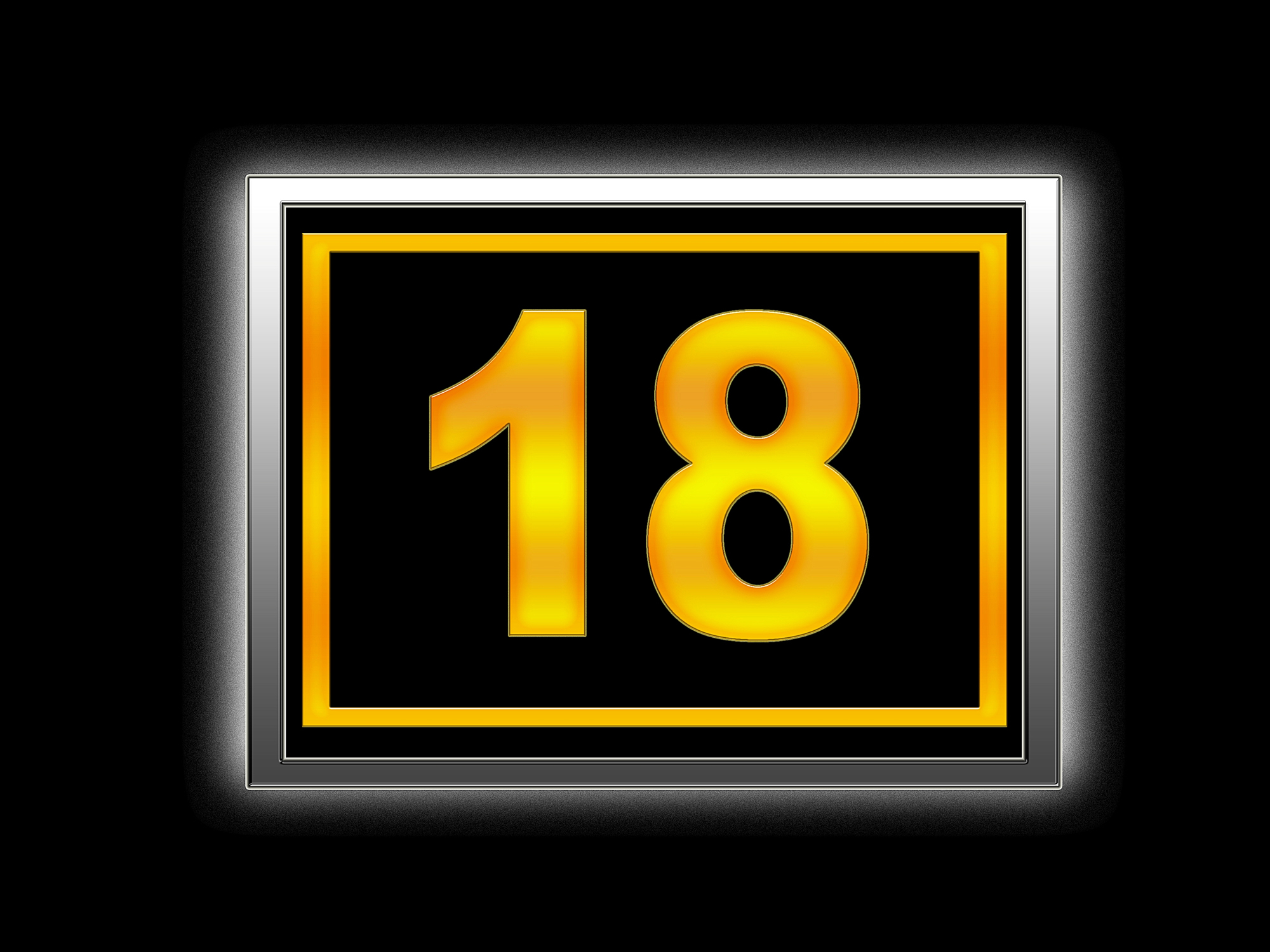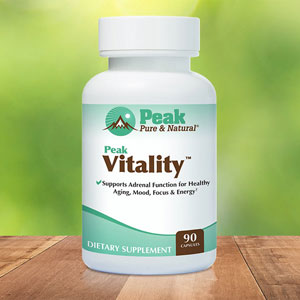Get Easy Health Digest™ in your inbox and don’t miss a thing when you subscribe today. Plus, get the free bonus report, Mother Nature’s Tips, Tricks and Remedies for Cholesterol, Blood Pressure & Blood Sugar as my way of saying welcome to the community!
18 prescription-free ways to get pain-free

Pain… we are all familiar with it, yet it affects us more often than we think and in multiple ways.
Most people turn to prescription pain medications because they are exhausted from chronic pain and don’t know where else to turn.
But turning to opioids for relief can have traumatic lifelong ramifications that often result in addiction.
For starters, opioids cause changes in your brain that can increase your risk of depression. They can affect your memory, too. And the effects may be long-lasting or even permanent. Opiates depress your central nervous system and slow down the electrical activity in your brain, which can lead to disruptions in your circadian rhythm, mood changes, and cognitive decline. Opiate use also promotes bowel dysfunction, endocrine (hormone) disruption, sexual dysfunction, reduced fertility, reduced testosterone in males, and bone disorders.
Many addiction specialists believe pain and hopelessness helped drive the opioid crisis in the U.S.
Once their body experiences the relief offered by prescription opioids, the brain and gut (where the receptor sites are located) become addicted. Doctors can get you hooked on pain medications, but what are they able to do to get you off?
One of the most common ways we experience more pain than we would a generation ago is via accumulated unhealthy fats and other poor food choices in our diet.
Functional Medicine offers hope through individualized health management plans that can last for the rest of your life. Creating together makes lives worth living, and receiving basic disease prevention knowledge, including healthy foods and foundational strategies for chronic-illness reversal, is the goal.
If you are in pain that is bearable, please try these options first, before resorting to prescription painkillers of any kind…
Foods, spices and supplements to ease your pain:
- Eliminate or significantly reduce most grains and all “added” sugars (from soda pop, baked goods (cookies, cakes, pastries, and candies) for 90 days. This will lower your insulin and leptin levels and decrease insulin and leptin resistance. These are conditions that are created by poor diet choices over time and lead to excess visceral fat (central obesity, metabolic syndrome, pre-diabetes and diabetes). This will also keep inflammatory prostaglandins in check. For a real-life testimony, read how EHO contributor Margaret Cantwell relieved her arthritis on the paleo (grain-free) diet.
- Add omega-3 fish oil (3-6 grams) to your daily supplements.
- Add 5000 IU of quality vitamin D daily. Take with oils or fats for absorption. Vitamin D is a pro-hormone and is used in the functioning of hormones in the body, as well as being crucial to a functioning immune system. Also has cardiovascular and weight-loss benefits.
- Astaxanthin is one of the most effective fat-soluble antioxidants known and is found in plentiful amounts in krill. It has very potent anti-inflammatory properties and, in many cases, works far more effectively than anti-inflammatory drugs. Higher doses are typically required, and you may need 8 milligrams (mg) or more per day to achieve this benefit. Again, a quality source is crucial.
- Ginger has potent anti-inflammatory activity and offers pain relief and stomach-settling properties. Fresh ginger works well steeped in boiling water as a tea or grated into vegetable juice.
- In a study of osteoarthritis patients, those who added 200 mg of curcumin to their daily treatment plan experienced reduced pain and increased mobility. A past study also found that a turmeric extract composed of curcuminoids blocked inflammatory pathways, effectively preventing the overproduction of a protein that triggers swelling and pain.
- Also known as boswellin or “Indian frankincense,” this herb contains specific active anti-inflammatory ingredients. This works well with many rheumatoid arthritis patients.
- This enzyme, found in pineapples, is a natural anti-inflammatory. It can be taken in supplement form, but comes naturally by eating the bromelain-rich central stem in fresh pineapple.
- Evening Primrose, Black Currant, and Borage Oil. These contain the essential fatty acid gamma-linolenic acid (GLA), which helps treat arthritic pain. These oils also have heart-healthy and endocrine-balancing properties.
- Cayenne Cream. Also called capsaicin cream, this spice comes from dried hot peppers. It alleviates pain by depleting the body’s supply of substance P, a chemical component of nerve cells that transmits pain signals to the brain.
- Green tea. It’s not only soothing, but this food also contains the highest amount of naturally occurring EGCGs. These catechins are strongly anti-inflammatory.
Natural treatments to reduce or reverse pain cycles:
Rather than using pain medications (prescription or OTC – “over-the-counter”, or opioids), first consider:
- Medical cannabis. You will need a prescription for this one… Medicinal qualities also include terpenes and flavonoids. Varieties of cannabis that are very low in THC (tetrahydrocannabinol) – the psychoactive component of marijuana that produces a “stoned” feeling, and high in medicinal CBD are preferred. Medical marijuana is now legal in 28 states. Learn more about the laws in your state at medicalmarijuana.procon.org. Choose those with high cannabinoid (CBD) quantities – cannabidiol (up to 20%) – which function very well as a natural analgesic.
- Chiropractic treatments are ideal for neuromusculoskeletal pain caused by vertebral joints becoming frozen, hypo- or hypermobile. Low back, mid-back, neck pain, headache management, hip, sacroiliac, and other peripheral joints have responded well to a series of chiropractic adjustments. Qualified chiropractic, osteopathic, and naturopathic physicians are reliable, as they have received extensive training in managing musculoskeletal disorders during their graduate healthcare training, which lasts between four and six years. These health experts have comprehensive training in musculoskeletal management.
- K-Laser, Class 4 Laser Therapy. Some Chiropractors also provide Class IV Laser (Hot) Therapy. If you suffer from pain due to an injury, arthritis, or other inflammation-based conditions, I’d strongly encourage you to try K-laser therapy. It can be an excellent choice for many painful conditions, including acute injuries. By addressing the underlying cause of the pain, you will no longer need to rely on painkillers. K-Laser is a class 4 infrared laser therapy treatment that helps reduce pain, inflammation, and enhances tissue healing in both hard and soft tissues, including muscles, ligaments, and even bones. The infrared wavelengths used in the K-Laser allow for targeting specific areas of the body and can penetrate deeply to reach areas such as the spine and hips.
- Research has discovered a clear and effective reduction of pain in the use of acupuncture in the treatment of back, neck and shoulder pain, osteoarthritis, and headaches. Some chiropractors are also trained and licensed to provide acupuncture.
- A systematic review and meta-analysis published in the journal Pain Medicine included 60 high-quality studies and seven low-quality studies that examined the use of massage for various types of pain, including muscle and bone pain, headaches, deep internal pain, fibromyalgia, and spinal cord pain. The review revealed that massage therapy relieves pain better than getting no treatment at all. When compared to other pain treatments, such as acupuncture and physical therapy, massage therapy has proven beneficial and has few side effects. In addition to relieving pain, massage therapy also improved anxiety and health-related quality of life.
- Methods such as yoga, acupuncture, exercise, meditation, hot and cold packs and mind-body techniques can also result in astonishing pain relief without any drugs.
- Grounding – also known as walking barefoot on the earth may also provide a certain measure of pain relief by combating inflammation.
Editor’s note: Did you know that when you take your body from acid to alkaline you can boost your energy, lose weight, soothe digestion, avoid illness and achieve wellness? Click here to discover The Alkaline Secret to Ultimate Vitality and revive your life today!















